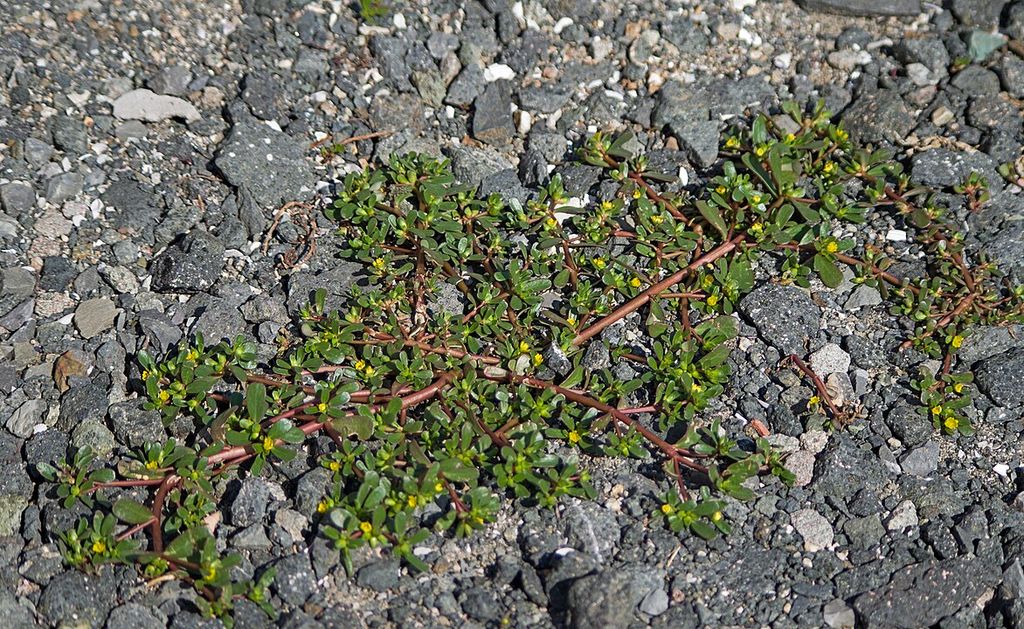Did you know purslane is one of the most nutritious plants in the world, packed with omega-3 fatty acids, vitamins, and antioxidants?
Surprisingly, this superfood is often an unwelcome guest in our lawns.
If you’re wondering what kills purslane weeds, you’ve come to the right place. Let’s explore effective ways to identify, manage, and eradicate this persistent weed from your garden.
This post contains affiliate links. As an Amazon Associate, I earn from qualifying purchases at no additional cost to you.
What is Purslane?
Weed Status
Purslane is a fast-spreading annual weed that invades gardens and lawns, competing with desirable plants for nutrients and space. Although it’s edible and valued in some cuisines, purslane’s invasive nature makes it a nuisance in most landscapes.
Growth Habit
Purslane thrives in warm soil, spreading through tiny seeds that germinate rapidly. Its adaptability allows it to grow aggressively, covering bare patches in gardens and lawns.
Appearance
Recognizing purslane is key to removing it effectively. It has:
- Succulent, thick, smooth, and round leaves, typically green with a reddish tint.
- A low-growing habit, reaching up to 12 inches tall.
- Small yellow flowers that bloom throughout summer.
Ideal Climate
Purslane loves warm climates, thriving in temperatures between 70°F and 100°F. It’s drought-tolerant but struggles in cold weather or frost.
Soil Preference
This weed adapts to various soil types but prefers nutrient-poor, well-drained soils with a pH between 5.5 and 7.5.
What Kills Purslane Weeds?
To effectively eliminate purslane from your lawn, the best solution is a combination of cultural practices and targeted herbicides.
Celsius WG For Warm Season Turf Herbicide

One of the most effective products for killing purslane weeds is Celsius WG For Warm Season Turf Herbicide. Here’s why:
- Mode of Action: This selective herbicide works systemically, disrupting purslane’s internal growth processes and leading to its death.
- Effectiveness: Celsius WG boasts a 90%+ success rate, targeting purslane specifically while sparing most desirable plants.
- Application Tips:
- Apply during warm weather when purslane is actively growing.
- Use spot treatments for localized infestations to minimize chemical usage.
- Follow label directions carefully for optimal results.
Preventing Purslane From Returning
- Healthy Lawn Practices: A dense, healthy lawn prevents purslane seeds from germinating. Regular mowing, aeration, and fertilization promote strong grass growth.
- Proper Watering: Avoid overwatering or leaving bare patches, as these conditions encourage purslane growth.
- Mulching: Use mulch in garden beds to suppress weed growth and reduce sunlight exposure to purslane seeds.
Final Thoughts
While purslane may have its nutritional merits, it’s an invasive weed that can disrupt your lawn’s health. Using selective herbicides like Celsius WG and maintaining a robust lawn care routine are the best ways to control and prevent purslane weeds.



